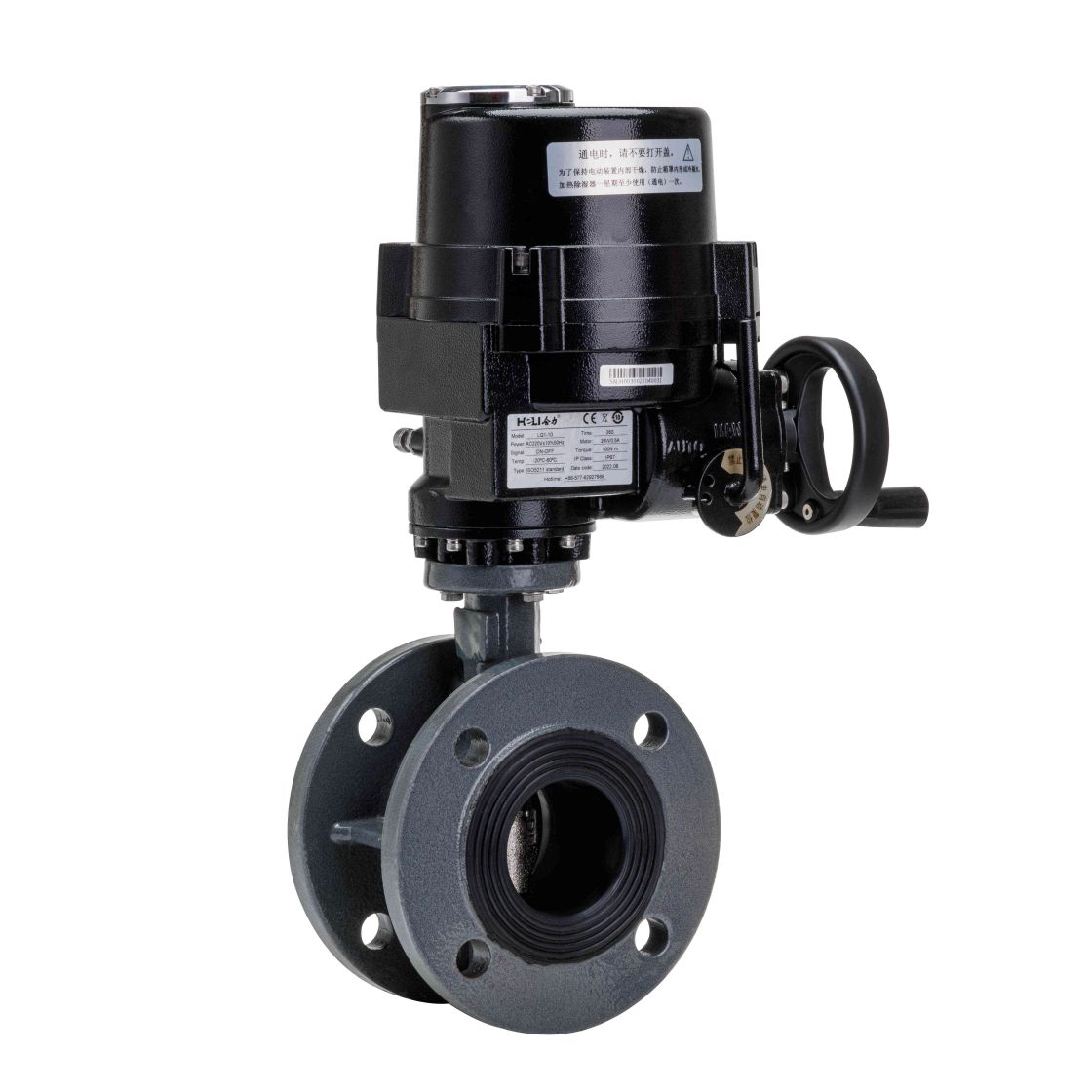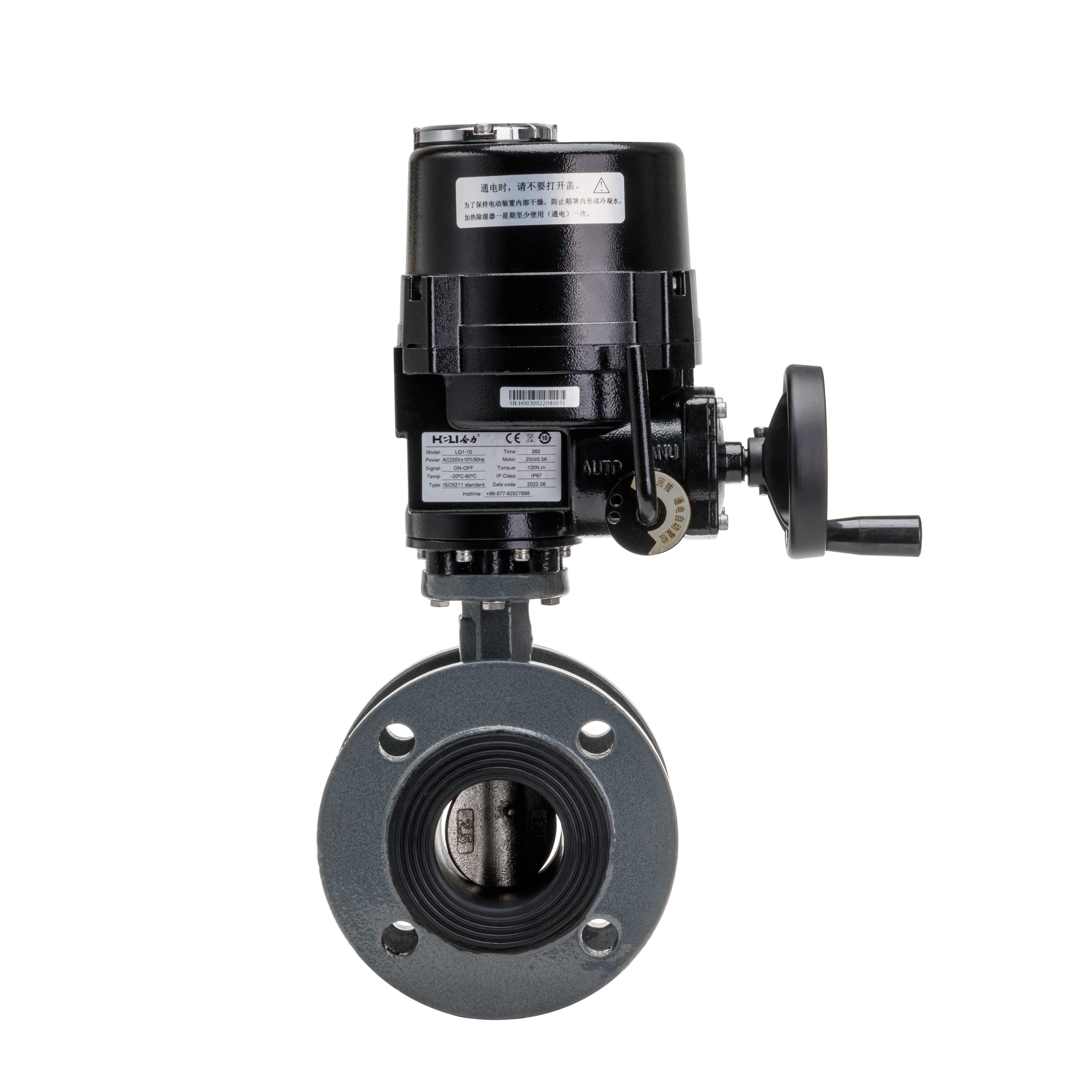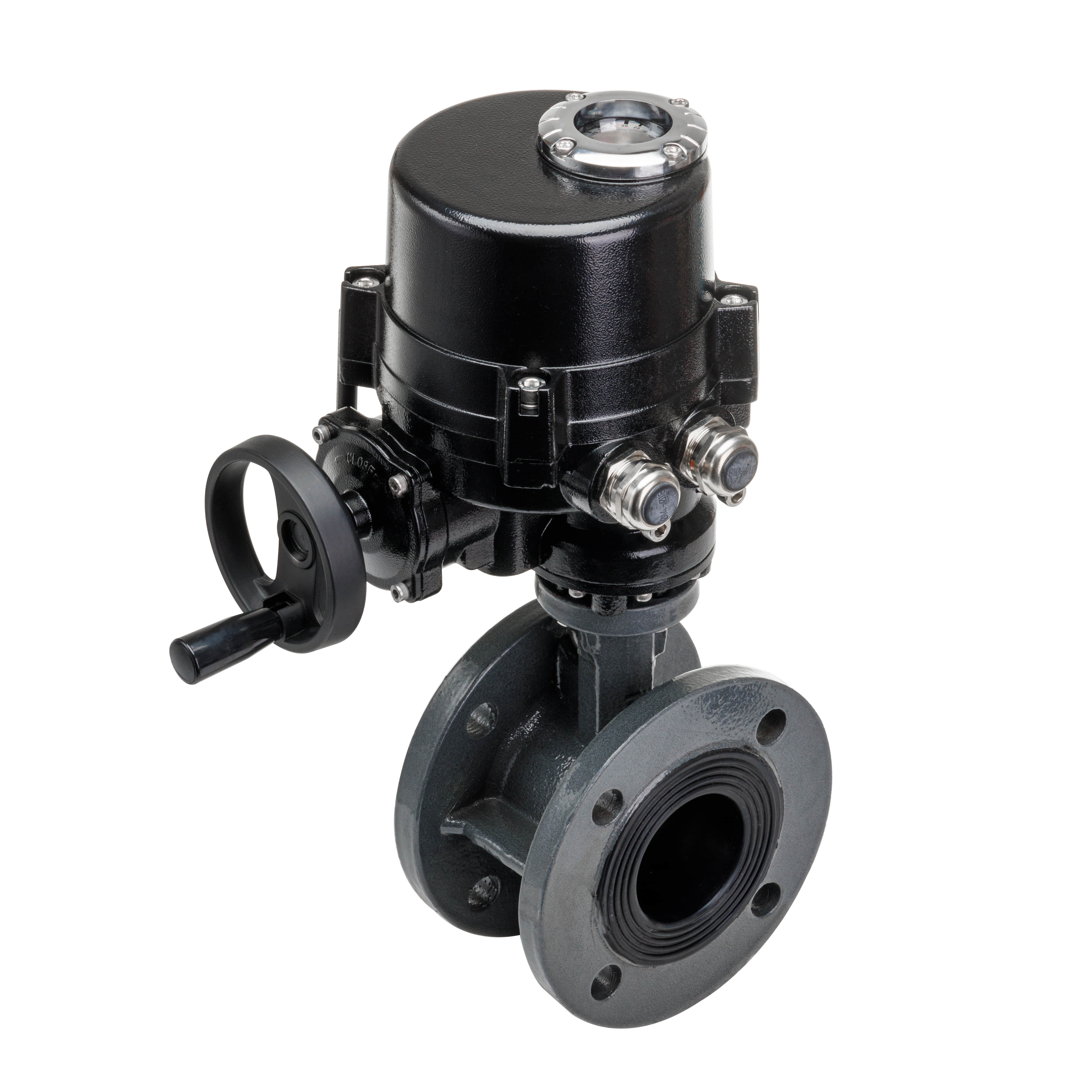
The WCB Electric Ball Valve is a versatile and reliable component used in various industrial applications, particularly in industries that require precision and automation for fluid control. Known for its durability and efficient performance, this valve plays a crucial role in regulating the flow of liquids and gases within piping systems. As industries evolve and demand for advanced automation increases, the WCB Electric Ball Valve has emerged as a pivotal tool for improving operational efficiency and safety.

What is a WCB Electric Ball Valve?

The WCB Electric Ball Valve is an automated valve system that uses an electric actuator to control the opening and closing of the ball valve. The valve itself is typically made from WCB (Weathering Carbon Steel), a material known for its high strength and corrosion resistance, making it ideal for demanding industrial environments. The valve’s design includes a spherical ball with a hole in the center that rotates to allow or restrict fluid flow through the pipe. When the ball is aligned with the flow path, the valve is open; when rotated 90 degrees, it blocks the flow, effectively closing the valve.

Electric actuators provide the means to control the valve remotely, making it suitable for applications where manual operation is impractical or undesirable. These electric actuators are connected to the valve’s stem and powered by electrical signals, which make the valve position adjustable with precision. The integration of electric actuators ensures that the valve can be automatically controlled in response to external signals, facilitating automated control systems that are essential for modern industries.

Advantages of WCB Electric Ball Valves

